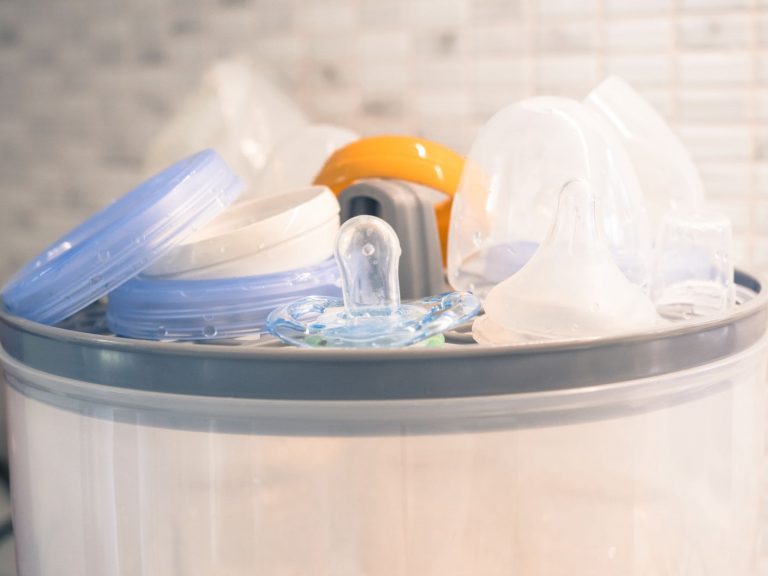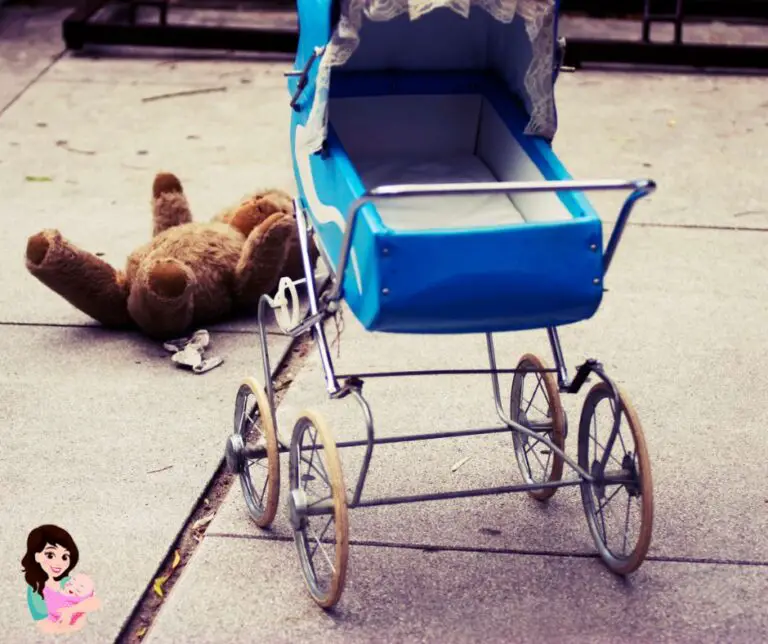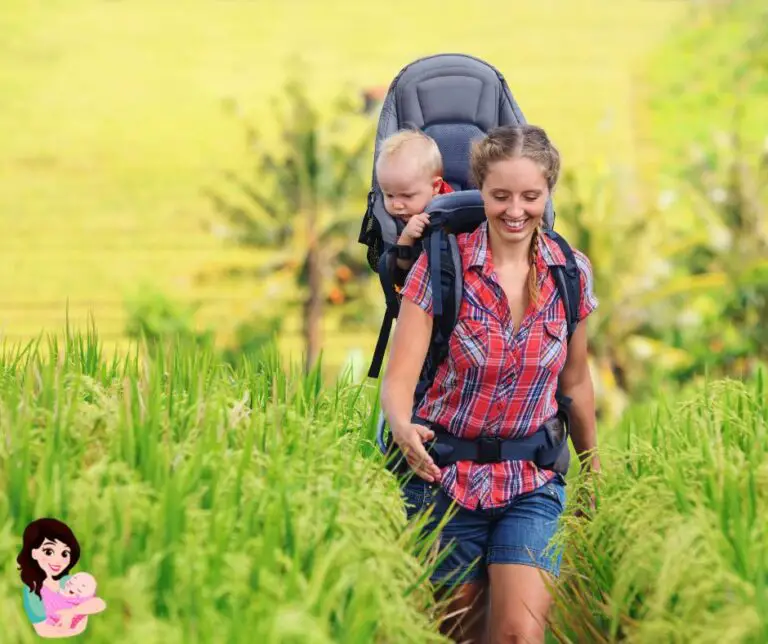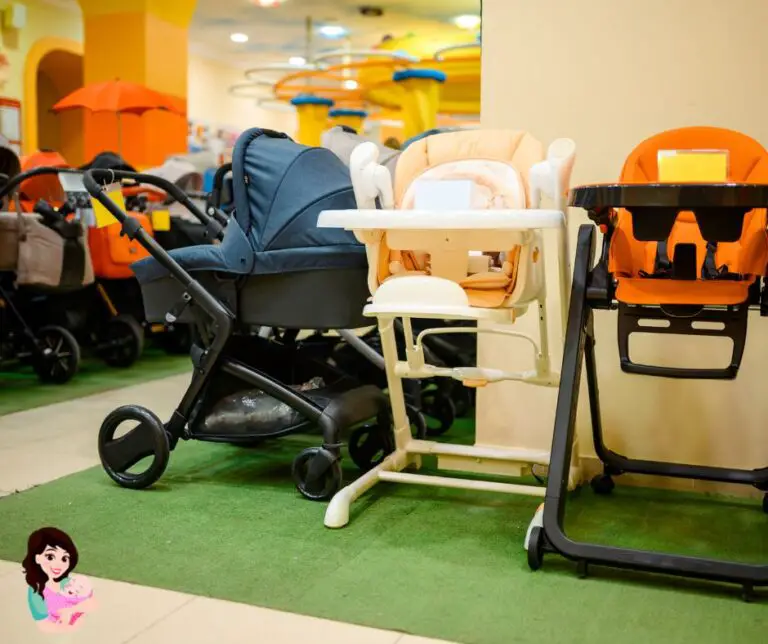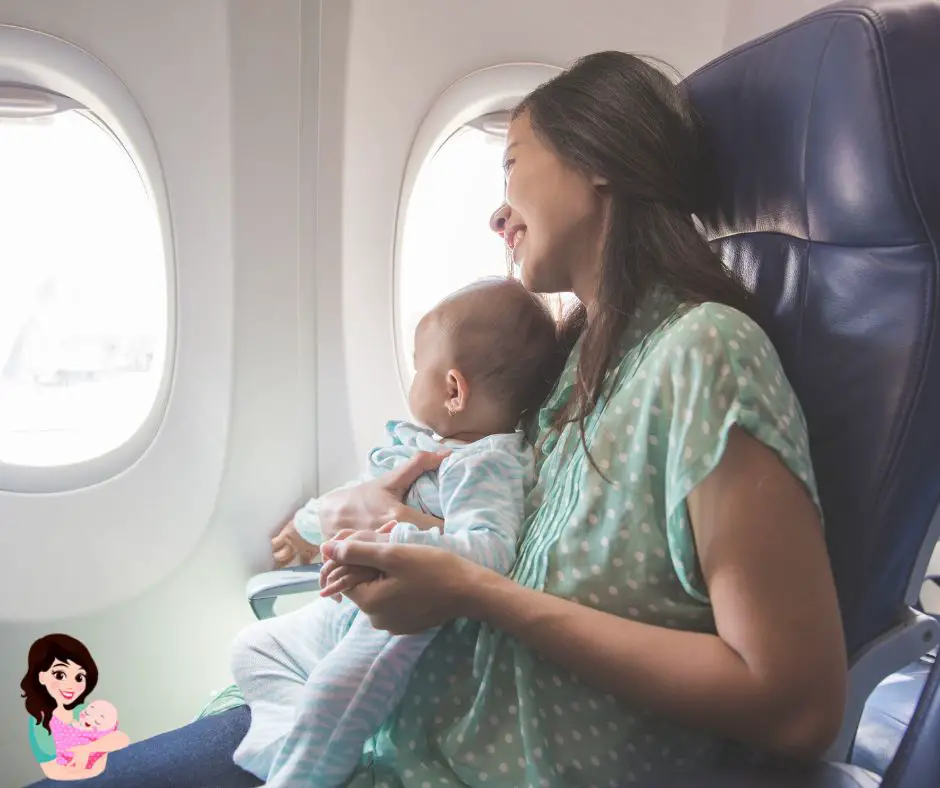
Baby carriers are a popular way to travel with your baby in tow. Several types of baby carriers are available, including ring slings, stretchy wraps, pouch slings, and soft-structured carriers (SSCs). With all these choices available to you, it can be confusing as to which one is best suited for your needs. This might make you wonder if baby carriers are allowed on airplanes.
Can You Use A Baby Carrier On An Airplane?
Baby carriers are permitted on board, even though you may not see a lot of people wearing one. The most common baby carriers are the type that can be worn around your torso and have a place for your baby to sit in front of you. They’re a great way to keep your baby close while traveling and will help them sleep better when they’re tired or crying.

However, the baby carrier can be worn during taxiing and the duration of the flight, but should always be taken off before take-off and landing. The motion of take-off and landing is unexpected and sudden which may cause injury to you or your baby if they are not secured properly.
Types of Baby Carriers Available For Airline Travel
You can find several basic types of baby carriers available for airline travel including ring slings, stretchy wraps, pouch slings, traditional wraps, and soft-structured carriers (SSCs).
Here are some key things to know about each type of carrier:
- Ring slings are a great option if you’re looking for a more compact carrier that can be folded up easily. This type of sling doesn’t have any buckles or straps to worry about when flying and is useful if you want to be able to position your baby frontwards or backward.
- Stretchy wraps are another popular choice among parents because they’re breathable and easy to use. These wraps do not require much maintenance beyond washing the fabric once it gets dirty or muddy; however, they do not offer much support so they may not be ideal for heavier babies or toddlers over 20 pounds (9 kilograms).
- Pouch slings are similar in style but also offer more structure than other types through their structured support panels located at either end of the sling itself also known as “pocket openings.”
FAA Guidelines on Using Baby Carriers on Airplanes
You can use a baby carrier on an airplane, but it has to meet certain criteria and obey certain rules. The FAA has specific rules for small children, which stipulate that you have to use a baby or toddler car seat or CARES harness.
It also states that your arms aren’t capable of holding your child securely, especially during unexpected turbulence. And to help protect your baby, you should always use a carrier that can be secured adequately. This means you have to remove your babies from your laps and from carriers during takeoff and landing.
Why It’s Not Safe to Have Your Baby on You during Take-Off and Landing
The effect of high speeds and G-forces
G-force is an acceleration measurement. It’s how fast your body travels in relation to the earth. The higher the g-force, the more intense the gravitational field around you which can be either positive or negative.
And when on airplanes, you experience G-force during takeoff and landing, or when something unexpected happens on board a plane that causes us to suddenly lurch forward into our seats or backward into someone else’s lap. This poses a great risk to your child if they are in a carrier strapped around you at such a moment.
Your adult body can easily crash onto them at great impact, which can lead to injury. Also, g-forces are powerful enough to rip your carrier since they are not designed to withstand such an amount of force.
To prevent accidental collision
You don’t want your adult-sized body to end up smashing into your baby’s body. When worn in a carrier properly, you should be able to kiss the top of the baby’s head. To prevent injury to the child – Your child can be injured by other passengers if they aren’t restrained properly in their car seat or stroller. The same goes for flight attendants who may have to move around quickly during an emergency situation, such as turbulence or an incident onboard.
Can A Baby Sit On Your Lap On An Airplane?
The answer is yes, but only if you’re traveling with a lap infant. Airline policy allows children under two years old to sit on their parent’s laps throughout the flight. However, when the plane is taking off and landing, or whenever the seat belt light is on, she will wear a loop belt that goes around her tummy and attaches to your lap belt.
What’s the Youngest a Baby Can Fly?
The minimum age for flying is 8 weeks old. However, some airlines may have a higher minimum age depending on their policies. If your baby is younger than 8 weeks, you can still bring him or her along in the airplane cabin as long as he meets the following requirements:
- Your baby must be able to hold his or her head up unaided.
- He/she cannot reach the maximum weight limit, usually set at 20 pounds.
In general, doctors recommend you wait to fly until your baby’s immune system is better developed. This could be as soon as one month for full-term infants, though most doctors recommend anywhere between three months and six months before air travel takes place.
Do Airlines Check Baby’s Age?
By regulation, most airlines require you to show proof of age for your lap infant. This can include a birth certificate, passport, or hospital or immunization records. However, not all airlines follow these regulations, and most will not ask you for that information unless your baby appears older than the required age.
Conclusion
It’s important to remember that there are also regulations about how much weight you can carry on an airplane, so make sure you know the limits before purchasing your ticket. If you are traveling with a baby and need more information about infant airline travel, check out the FAA guidelines for your carrier.

Hi, This is Emma Baster; As a mom, I spend my free time caring for my kids. I’ve read a lot on the Internet to improve my childcare skill and bring the best to my kids. Eruditemommy shares my knowledge and experience through helpful posts. I hope you enjoy them!


